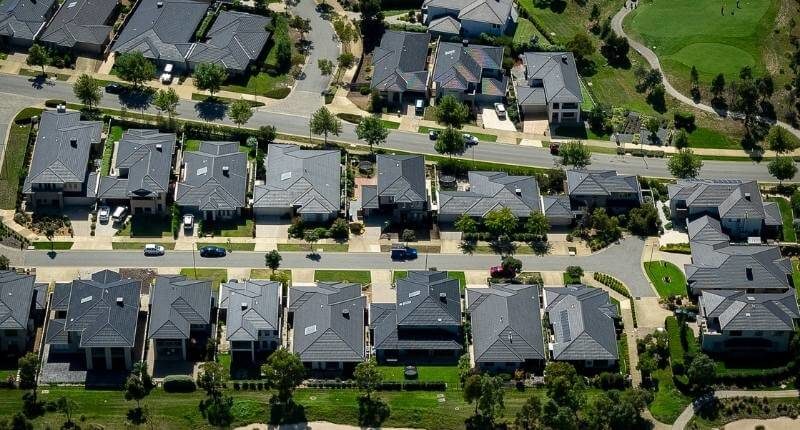- Unusually, listings fell from this winter to spring, the first time this has occurred in over a decade
- During the ten years before the pandemic, typically a 21% uplift in new listings occurred between winter and spring
- Perth and Darwin market continue to perform well
While springtime typically draws out buyers and sellers of real estate, thanks to longer daylight hours, good weather and lush gardens enhancing the appearances of properties, this spring season was relatively quiet.
In the ten years before the pandemic, an uplift of 21% in new listings, on average, was seen between winter and spring. In real terms, this is an increase of 123,000 to 146,000, according to CoreLogic data.
However, 2022 was different.
Spring came and went without the usual surge in listings. Instead of new listing campaigns rising from winter to spring, they fell nationally. This is the first time this has occurred in 12 years. During the three months to November, new listings added to the market totalled 118,734, compared to 121,859 during the three months to August.
Three-month volume of new listings, national

So, why was the 2022 spring selling season such a lacklustre one?
Firstly, property values have declined. Many vendors may have chosen to not list their property in the past few months as prices have deteriorated from their April peak. Nationally home values declined -7% from April through to the end of November, amid the fastest rate-tightening cycle since the 1990s. House values have fallen by the steepest decline on record, by $53,000 nationally.
Selling conditions have also changed in favour of buyers. During the three months to November 2021, the median amount of time a listing was on the market was 20 days. During the same time frame in 2022, this increased to 35 days. Vendor discounts have also deepened from -2.9% to -4.3% between spring last year and this year.
Assuming most mortgage holders can afford their repayments, sellers may be less and less motivated to put their property onto the market. Previous research from CoreLogic reflects this positive correlation between capital growth and new listing volumes.
Also, many buying and selling decisions were made in 2021. The pandemic warped the spring selling season during that, with ultra-low interest rates creating a buying frenzy. It was also likely that extended lockdowns during 2020 and 2021 also added a ‘catch up’ element during this time too.
In 2021, listings in winter surged by 33.1%, with the spring season extending into summer. Auction volumes across the capital cities peaked at 4,981 during the week ending December 12th. Over the calendar year 2021, there were 620,00 sales – above the 470,000 pre-Covid decade average. Given this high volume of properties transacted, this is likely to have had a slight vacuum effect on buying and selling decisions this year.
Rolling 4 week count of new listings added to the market, Australia

National stock turnover – rolling 12 months

Which markets had the best/wrong spring selling seasons?
CoreLogic data has shown that of the 140 local government areas analysed, only 11 saw more new listings come to market this year than the previous decade.
Surprisingly, the ACT is included, where new listings volumes have been steadier when compared to previous years, despite market values declining by -6.5% since their June peak.
However, values are still 29% higher compared to where they were before the onset of the pandemic.
Markets, where listings are higher than previous years, are those unaffected by rising rates, and where selling conditions are strong.
This is mostly the Perth and Darwin markets, thanks to their relatively affordable prices and strong local economies.
Spring selling season volumes

Where to from here?
We have written several articles about what is likely to happen in 2023. CoreLogic’s Eliza Owen noted that the policy response amid the pandemic from both the governments and the Reserve ban has produced extraordinary fluctuations, which will continue to have an impact.
“Extreme shifts have played out across retail spending, household savings, consumer sentiment and the housing market,” she said.
“The rise and fall of the spring selling season is just one of many market metrics showing a strong reaction to adjustments in the cash rate.”








